29 Views
How to Choose an Expandable Garden Hose

by
Kateryna
(IC: homeowner)
2 Materials
$5
Medium
Having difficulty deciding which garden hose to buy? That is a common problem so I hope I can provide some insights to help. There is a range of choices so to help you decide which garden hose is most suitable for you, I am bringing you on a fairly deep dive into expandable garden hoses.
Let’s say you already know exactly what your gardening needs are: (1) what is size of the garden, how large is the space to water or wash; (2) how far do you need to go from the faucet, hence the length of hose; and (3) where and how you wish to store the hose (storeroom, car boot, boat). So what else is there that you need to know?
Above all else, you might want to know “am I going to enjoy using the hose?”. Do I want a stronger traditional hose (which can kink, is heavy to drag around and needs to be unentangled whenever I need to use it) or a lightweight expandable garden hose (which does not kink, twist or tangle easily)? In between these two choices, there are hoses which are heavier than others, get entangled more often, those which kink and those which don’t.
It is likely you will opt for a modern expandable garden hose so that you can enjoy using it, instead of a heavy one that you have to drag around and have to disentangle every time.
Well, that is an excellent choice. The expandable garden hose is perhaps the best modern hose to get, due to its many beneficial features: they are flexible, easy to use, easy to carry, easy to handle and easy to store. It is more than likely that it will solve your problems with traditional hoses, and you will enjoy using it.
You are now faced with the final challenge – which one is the most sturdy – since you would like one that would last for some time.
Should you just buy the cheapest one and hope for the best, since you cannot tell which one is the best? You would probably have guessed right, since the answer is obviously negative. You know that the lowest quality ones might well be those that are the cheapest and the highest quality ones are likely to cost somewhat more. One thing you can be fairly sure of is that hoses that are made of the cheapest and least durable materials are likely to be of the lowest quality, and are also likely to be the cheapest ones, while those that are made of the most expensive and sturdy parts are likely to be the most expensive and durable.
To help you to choose a strong and sturdy expandable garden hose, we have assembled some criteria that we will explain in this post.
You can find out the characteristics of an excellent expandable water hose (probably one of the best) at joan-online-store or greenfriendlyhome.com website, and studying the information they have provided in their blog.
Here are the main criteria:
1. Manufacturing material
Expandable hoses are usually composed of an inner tube of synthetic rubber latex (or other less durable material), whose mission is to contain the water that flows through the hose. The quality of the inner latex tube differs significantly between manufacturers, and it is its quality which contributes significantly to the durability of the hose.
The most durable would be one with the thickest and strongest (double layer latex or triple layer latex) tube. The inner tube typically has an inner diameter of 6 mm but the external diameter can vary from less than 9 mm to about 10 mm. Hence, a 6*9 mm inner tube would be 1.5 mm thick, while a 6*10 mm inner tube would be 2 mm thick.
Whether it is the strongest depends on the strength of the latex tube, which, in turn depends on the quality of the latex and how well the tube has been made. If the quality of the latex is not good, having the thickest inner tube and double or triple layers would not give it extra strength. Unfortunately, you will not know until you try it out since every manufacturer will claim theirs is the strongest so you will have to look around and read what the manufacturers are saying about their product and what kind of reviews it is getting. Sometimes, you see bad reviews simply because the buyer is unfamiliar with this product and have unfulfilled expectations. But expandable garden hoses are designed to be flexible and expandable, and so they are not built to be as tough as the old traditional ones, so comparing them directly in terms of strength and durability would not be right.
Around this inner tube is a layer of textile mesh (typically high density polyester fiber which will expand up to three times in length with the expansion of the inner tube): its function is to contain the internal water pressure of the inner tube. The strength and flexibility of this outer fabric determines its ability to expand when pressure is built up and to contract when water is drained.
What I think: Choose an expandable hose with an inner tube that is made of double or triple layer latex, and choose one which is the thickest (the external diameter is 9.5 mm and above). The greenfriendlyhome hose has an inner tube with an outer diameter of just over 10 mm and the outer fabric is stated to be of extra strength.
2. Pressure
Regarding the service pressure, hoses that are designed to operate up to 8 bars generally give very good results. In some cases, you will be able to find the breaking pressure data – for expandable garden hoses, this could be lower than 8 bars and in rare cases as high as 15 bars.On the other hand, traditional garden hoses differ greatly in quality and new unkinked ones can have significantly higher breaking pressures of up to 35 bars.
This breaking pressure is determined through laboratory tests and indicates at what pressure the hose would be destroyed. Knowing this fact is important because the more resistant the breaking pressure, the longer it will last without altering its shape.
What I think: The ideal choice are the double layer or triple layer latex hoses with a higher breaking pressure or higher optimal operating pressure.Look for a hose which has an operating or breaking pressure suitable for your needs if you are looking for the more durable ones but they will cost significantly more.
3. Length
The most useful choice is a hose with which you can comfortably reach all corners of the space you want to irrigate. Choosing an excessively long hose results in difficulty in handling and the longer the hose, the water pressure at the end of it will be somewhat less. A single excessively long hose may be more difficult to handle than joinable hoses - they would be easier to manage.
So, you may want to choose hoses which can be easily joined together if you have a long distance to reach.
To irrigate in small spaces, such as balconies, terraces, porches or patios, expandable garden hoses are very useful, very comfortable to handle and occupy very little space when collected. You probably could opt for a 50 ft. hose (which is no more than 17 ft. when water is drained.)
What I think: a hose which is short when water has been drained is likely to be the easiest to use. Hoses which can be easily joined together would be ideal for longer distances of up to 100 ft. or 150 ft.
4. Fittings
Apart from the hose itself, you might want to look whether the fittings are sturdy. Some hoses come with plastic fittings and plastic nozzles, while others come with solid brass or metal fittings and nozzles which are obviously more sturdy.
5. Other aspects
There are other criteria that may be relevant to choose one hose or another, such as for example whether the material of the inner tube prevents the proliferation of algae, or that alternative plasticizers have been used for its manufacture instead of heavy metals or phthalates if you want to be environmentally friendly. A hose with inner rubber latex and outer textile fabric would not have this problem.
Enjoyed the project?
Suggested materials:
- Synthetic rubber
- Textile mesh
Published April 19th, 2024 9:25 AM
Comments
Join the conversation
2 comments
-
 GreenFriendlyHome
on Oct 31, 2018
GreenFriendlyHome
on Oct 31, 2018
You can now focus on enjoying your gardening, instead of worrying about your garden hose.
Watch the "greenfriendlyhome expandable garden hose" youtube videos at:
https://www.youtube.com/watch?v=SWOtXH8dnss
https://www.youtube.com/watch?v=VcbkdhlM3CU
Buy this hose at https://www.amazon.com/s/ref=nb_sb_noss?url=me%3DA1UC3ESBAHAF3N&field-keywords=garden+hose
-
-
 GreenFriendlyHome
on Apr 09, 2019
GreenFriendlyHome
on Apr 09, 2019
Buy this hose at https://www.amazon.com/dp/B07G5HCZHX
-




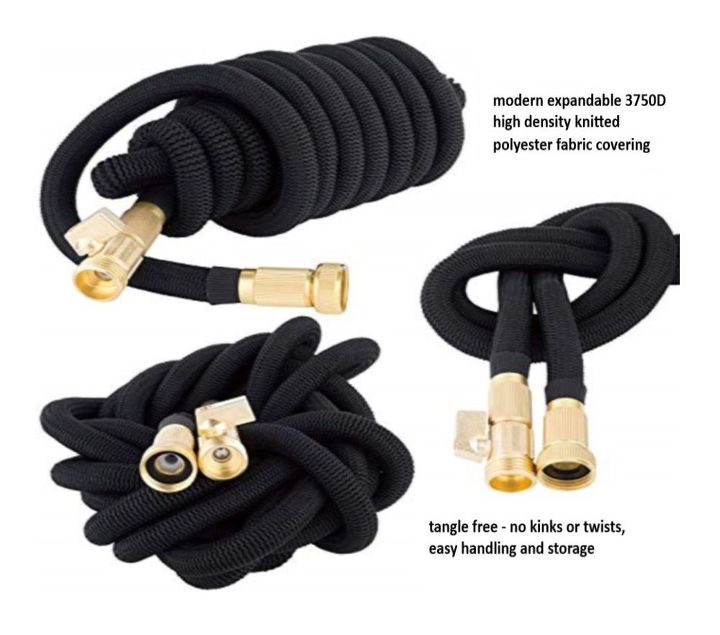








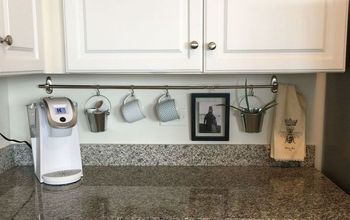

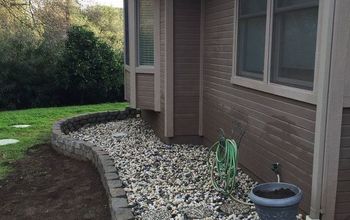
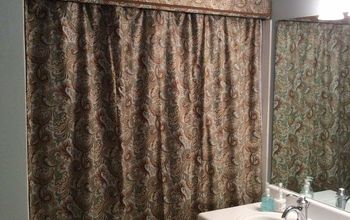
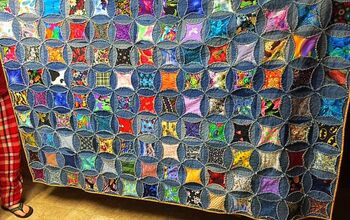

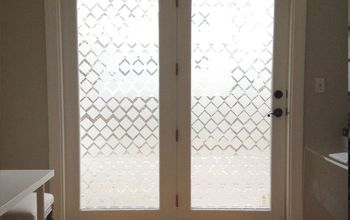
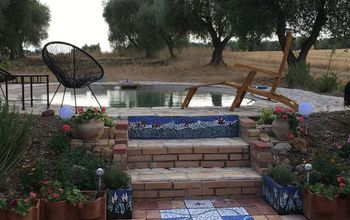
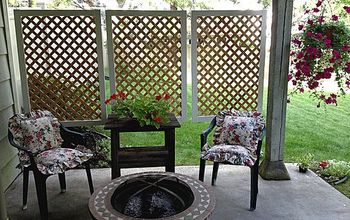


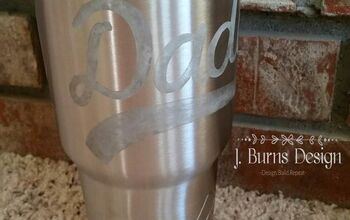
Frequently asked questions
Have a question about this project?